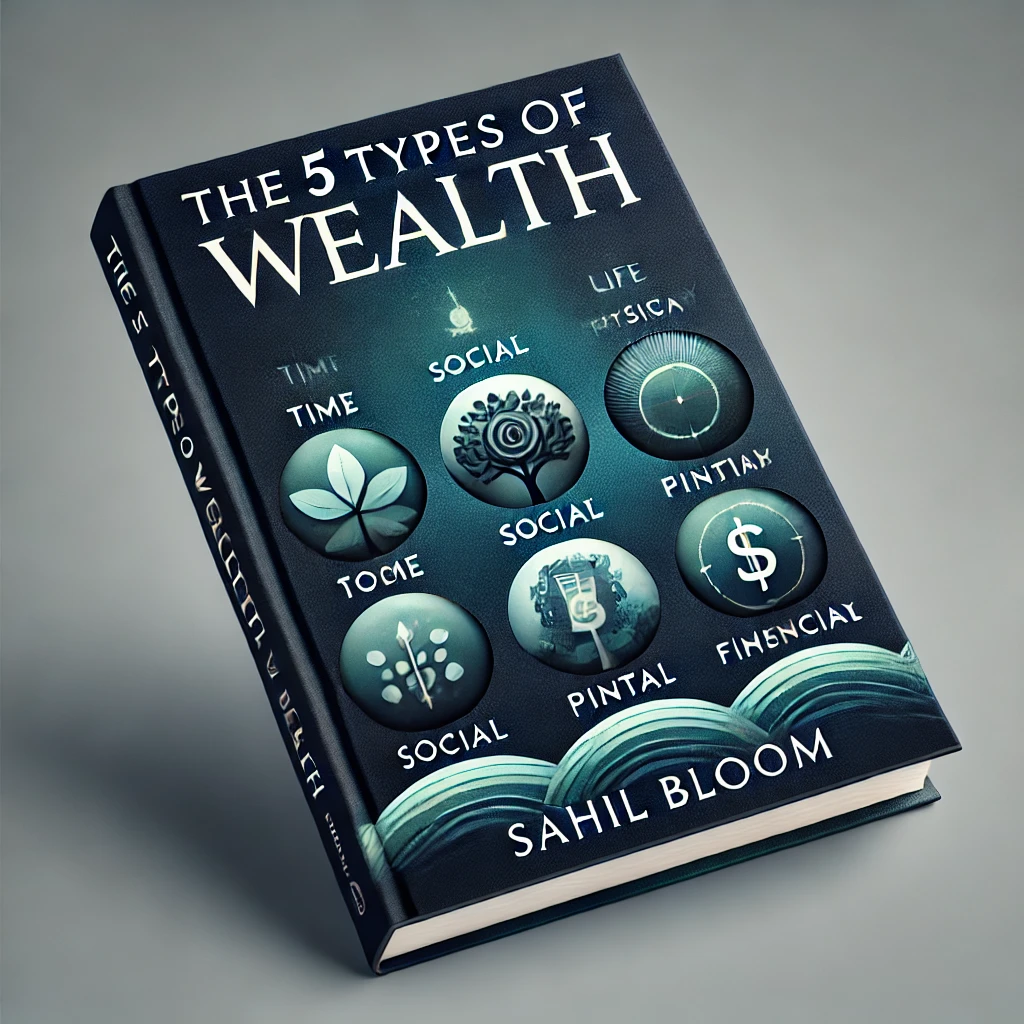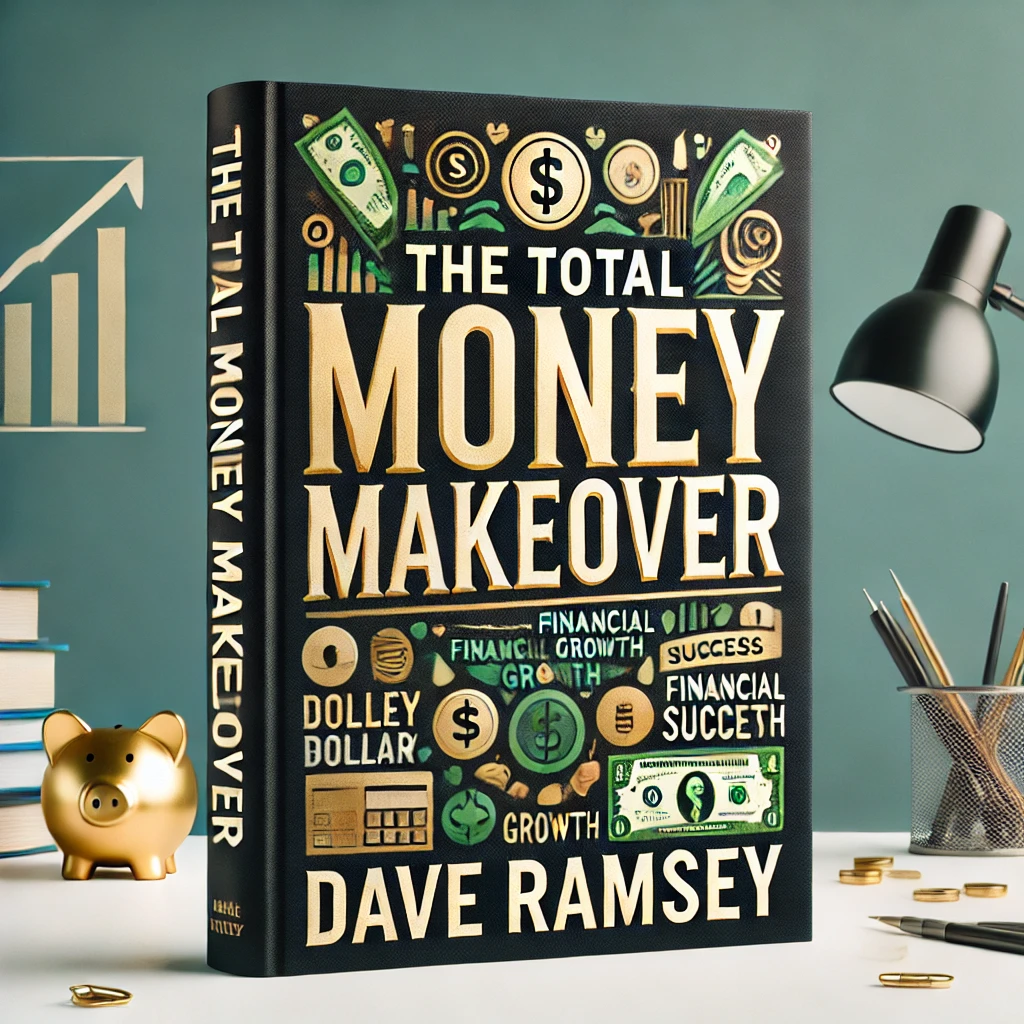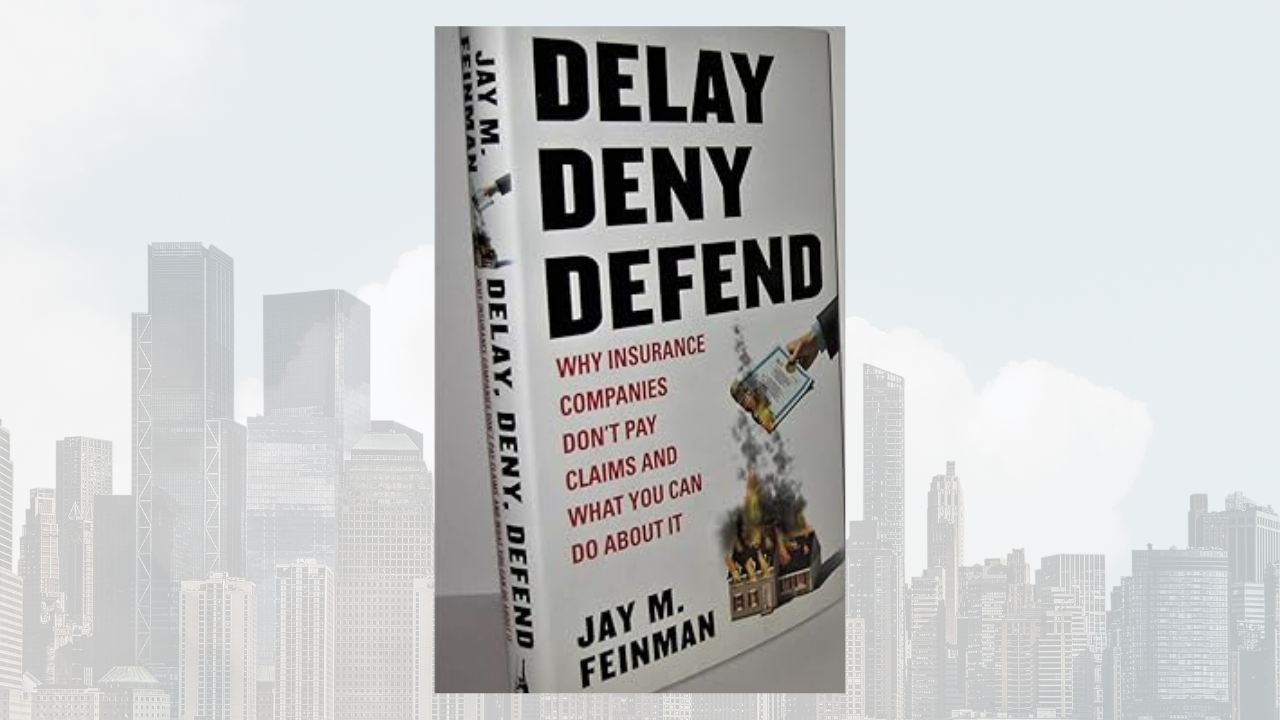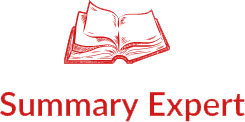Outline for “Rich Dad Poor Dad” by Robert Kiyosaki
| Section | Description |
|---|---|
| 1. Introduction | Overview of Kiyosaki’s two father figures: “Rich Dad” and “Poor Dad.” |
| 2. Key Concepts | Explanation of assets vs. liabilities and the importance of financial education. |
| 3. Rich Dad’s Lessons | Teachings on entrepreneurship, investments, and building passive income streams. |
| 4. Poor Dad’s Approach | Focus on traditional education, job security, and working for money. |
| 5. Escaping the Rat Race | Insights into breaking free from paycheck dependency through smart financial strategies. |
| 6. Mindset Shift | Encourages adopting a wealth-building mindset and taking control of finances. |
| 7. Practical Steps | Actionable advice for investing, starting businesses, and building wealth. |
| 8. Conclusion | Reinforces the importance of financial independence and lifelong learning. |
Rich Dad Poor Dad, authored by Robert T. Kiyosaki, is a seminal book in personal finance that challenges conventional wisdom about money, wealth creation, and financial literacy. This best-seller contrasts the financial philosophies of Kiyosaki’s two father figures: his biological father (the “Poor Dad”) and the father of his childhood best friend (the “Rich Dad”). Through these contrasting perspectives, Kiyosaki provides invaluable lessons on how to think about money, build wealth, and achieve financial independence.Rich Dad Poor Dad by Robert T. Kiyosaki has sold over 44 million copies wordwide
Core Concepts and Ideas in Rich Dad Poor Dad
1. The Tale of Two Dads
Poor Dad: Kiyosaki’s biological father was a highly educated man with a Ph.D. Despite his strong academic background, he struggled with money and lived paycheck to paycheck. His financial struggles were a result of conventional beliefs: “Go to school, get good grades, and secure a high-paying job.”
Rich Dad: The father of Kiyosaki’s best friend dropped out of school but built a business empire through smart financial decisions. His philosophy centred around financial education, investment, and leveraging opportunities to create wealth.
2. The Importance of Financial Literacy
Kiyosaki emphasizes that traditional education often neglects teaching about money and investments. Instead of relying solely on formal education, people should focus on acquiring financial literacy, which involves understanding how money works and how to make it grow.
Key takeaway: Financial literacy is the foundation of wealth creation.
3. Assets vs. Liabilities
One of the most important lessons from the book is understanding the difference between assets and liabilities:
Assets: Things that put money in your pocket. Examples include stocks, bonds, real estate investments, and businesses.
Liabilities: Things that take money out of your pocket. Common liabilities are loans, mortgages, and personal expenses.
Kiyosaki encourages readers to invest in assets while minimizing liabilities to achieve financial independence.
4. The Rat Race
The book describes the “rat race” as a cycle of earning, spending, and relying on a paycheck. People often work hard for money but never learn how to make money work for them.
The key to escaping the rat race is generating passive income through investments and businesses, rather than solely relying on active income from a job.
5. The Power of Entrepreneurship
Kiyosaki’s Rich Dad stresses the importance of being an entrepreneur or an investor rather than just an employee. While jobs provide security, they rarely lead to significant wealth. Starting a business or investing in real estate, stocks, or other ventures allows for the possibility of financial freedom.
The Six Lessons from Rich Dad Poor Dad
Lesson 1: The Rich Don’t Work for Money
Instead of working for money, the wealthy learn to make money work for them. This mindset shift encourages people to seek opportunities where their money can grow passively.
Lesson 2: Why Teach Financial Literacy?
Kiyosaki insists on understanding financial statements—income statements, balance sheets, and cash flow reports. The rich focus on growing assets, while the poor and middle class accumulate liabilities they mistake for assets.
Lesson 3: Mind Your Own Business
The advice to “mind your own business” means building your wealth-generating ventures. Focus on creating a portfolio of assets rather than spending your entire life working for someone else.
Lesson 4: The History of Taxes and the Power of Corporations
The wealthy use corporations to protect and grow their wealth. By leveraging legal tax advantages, businesses reduce tax burdens while reinvesting profits. Learning how the tax system works can significantly impact wealth-building strategies.
Lesson 5: The Rich Invent Money
Opportunities abound for those who are willing to learn and take calculated risks. The wealthy excel in identifying and seizing investment opportunities that others may overlook.
Lesson 6: Work to Learn—Don’t Work for Money
Jobs should be viewed as opportunities to acquire new skills rather than just sources of income. Developing skills in sales, marketing, accounting, and investing will lead to greater financial independence in the long term.
Key Quotes from Rich Dad Poor Dad
“The rich focus on their asset columns while everyone else focuses on their income statements.”
“The single most powerful asset we all have is our mind. If trained well, it can create enormous wealth.”
“Don’t work for money; make money work for you.”
Practical Steps to Apply Lessons from Rich Dad Poor Dad
1. Invest in Financial Education
Start by learning about investments, financial statements, and money management. Read books, attend seminars, or take courses that enhance your financial knowledge.
2. Start Investing Early
Invest in assets like stocks, mutual funds, or real estate. Even small investments grow significantly over time due to compounding.
3. Build Passive Income Streams
Passive income sources, such as rental properties, dividends, and royalties, are key to achieving financial freedom.
4. Minimize Liabilities
Avoid unnecessary debts like car loans or extravagant spending. Focus on purchases that align with your wealth-building goals.











2 thoughts on “Rich Dad Poor Dad Top 6 key lessons With Summary”